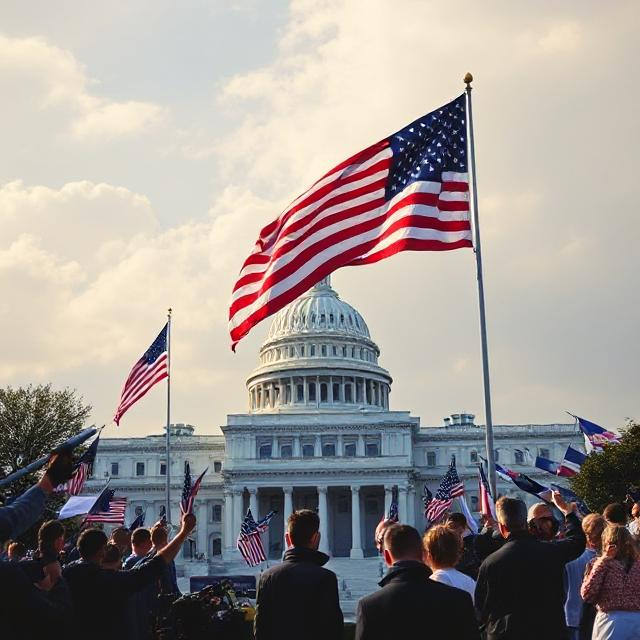The politics of the United States operates within the framework of a constitutional republic, characterized by a system of checks and balances among three branches of government: the executive, legislative, and judicial. This structure aims to prevent any one branch from gaining excessive power and ensures that the rights of citizens are protected. The U.S. political system is marked by its emphasis on democratic principles, individual liberties, and the rule of law.
Constitutional Framework

The Constitution
The U.S. Constitution, ratified in 1788, serves as the supreme law of the land. It outlines the structure of government, delineates the powers of each branch, and protects individual liberties through the Bill of Rights, which comprises the first ten amendments. The Constitution has been amended 27 times, reflecting changing societal values and norms.
Federalism
Federalism is a key feature of U.S. politics, dividing power between the national and state governments. This system allows for a balance of authority and local governance, enabling states to enact laws tailored to their populations. Federalism fosters diversity in policy approaches but can also lead to conflicts between state and federal laws.
Separation of Powers
The separation of powers divides government responsibilities into three branches:
Legislative: Composed of Congress (the House of Representatives and the Senate), responsible for making laws.
Executive: Led by the President, responsible for enforcing laws and conducting foreign policy.
Judicial: Comprised of the Supreme Court and lower courts, responsible for interpreting laws and ensuring justice.
Political Parties
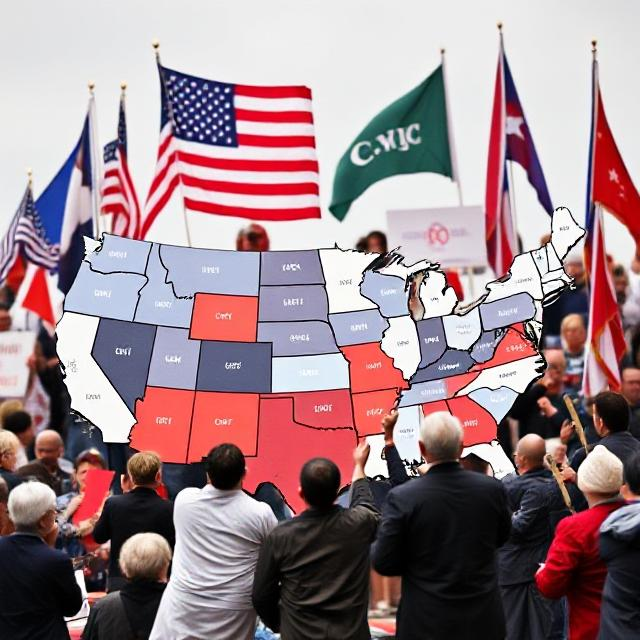
Major Parties
The U.S. operates primarily under a two-party system, dominated by:
Democratic Party: Founded in the early 19th century, the Democratic Party generally advocates for social equality, environmental protection, and government intervention in the economy. It supports progressive taxation, healthcare reform, and civil rights.
Republican Party: Established in the mid-19th century, the Republican Party typically supports free-market policies, limited government, and traditional social values. It emphasizes individual responsibility, lower taxes, and a strong national defense.
Third Parties
While third parties exist, they often struggle to gain traction in a system designed for two dominant parties. Notable third parties include:
Libertarian Party: Advocates for minimal government intervention in both personal and economic matters, emphasizing individual liberty.
Green Party: Focuses on environmental issues, social justice, and grassroots democracy.
Party Systems
The political landscape has evolved through various party systems:
First Party System (1792-1824): Dominated by Federalists and Democratic-Republicans, focusing on issues like federalism and national bank policies.
Second Party System (1828-1854): Characterized by the rivalry between Democrats and Whigs, with debates over slavery and economic policies.
Third Party System (1854-1896): Marked by the emergence of the Republican Party and the Civil War, focusing on slavery and reconstruction.
Fourth Party System (1896-1932): Progressive Era politics, addressing industrialization, labor rights, and women’s suffrage.
Fifth Party System (1932-Present): New Deal coalition under Franklin D. Roosevelt, emphasizing social welfare and economic recovery.
Elections and Voting
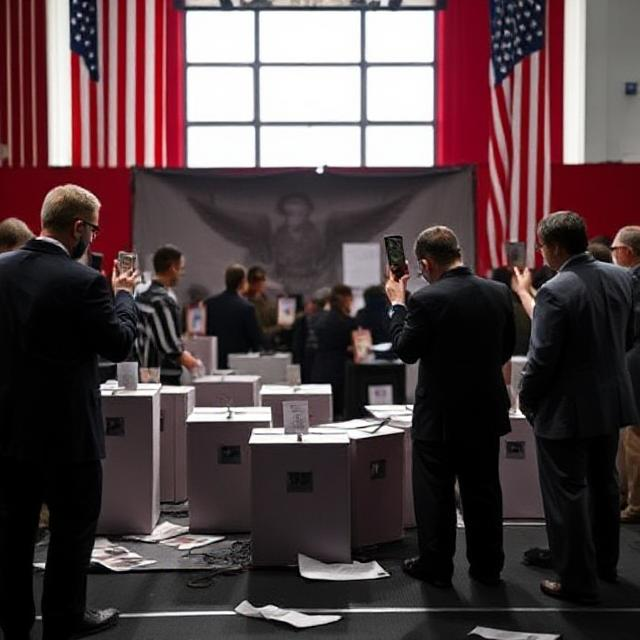
Electoral Process
Elections are a fundamental aspect of U.S. democracy, with major elections occurring every two years for Congress and every four years for the presidency. The electoral process includes:
Primaries: Voters select party nominees through either open or closed primaries.
General Elections: Citizens vote for their preferred candidates, with the majority required to win.
Electoral College: For presidential elections, voters technically cast ballots for electors pledged to their candidate, who then formally elect the President.
Voter Registration and Participation
Voter registration varies by state, with efforts to increase participation through initiatives like same-day registration and mail-in voting. Challenges include:
Voter ID Laws: Some states require identification to vote, which can disproportionately affect minority and low-income voters.
Gerrymandering: The manipulation of electoral district boundaries to favor one party over another, impacting fair representation.
Campaign Finance
Campaign financing plays a significant role in U.S. elections. The Supreme Court’s decision in Citizens United v. FEC (2010) allowed for unlimited corporate spending in elections, raising concerns about the influence of money in politics. Political Action Committees (PACs) and Super PACs have emerged as significant players in funding campaigns, often leading to debates over transparency and accountability.
Legislative Branch
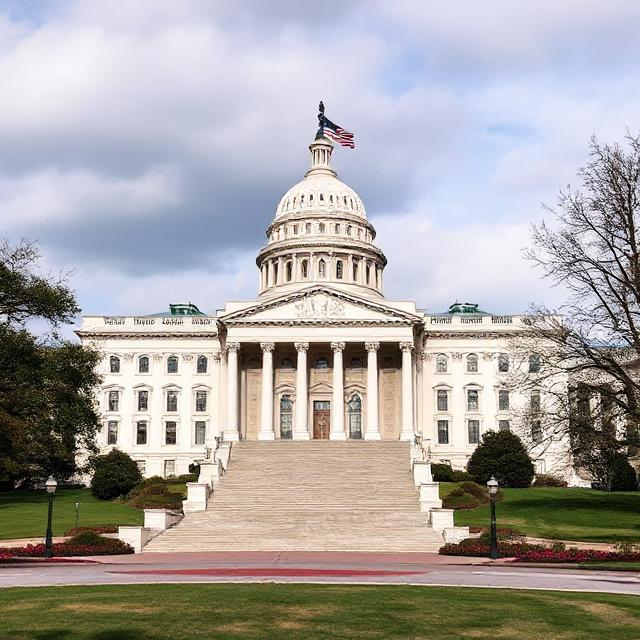
Structure of Congress
Congress is bicameral, consisting of:
House of Representatives: 435 members, serving two-year terms, with representation based on population. The House initiates revenue bills and has the power to impeach federal officials.
Senate: 100 members, with each state represented by two senators serving six-year terms. The Senate confirms presidential appointments and ratifies treaties.
Legislative Process
The legislative process involves several steps:
Introduction of a Bill: Proposed legislation is introduced in either chamber.
Committee Review: Bills are assigned to committees for review, discussion, and amendments.
Floor Debate: Bills that pass committee are debated on the floor and may be amended further.
Voting: Both chambers must approve the final version of the bill before it is sent to the President for approval or veto.
Key Legislative Issues
Major legislative issues include:
Healthcare Reform: Ongoing debates over the Affordable Care Act and proposals for universal healthcare.
Immigration Policy: Discussions on border security, pathways to citizenship, and refugee policies.
Climate Change: Legislative efforts to address environmental issues and promote renewable energy sources.
Economic Inequality: Policies aimed at addressing wealth disparity, minimum wage laws, and taxation.
Executive Branch
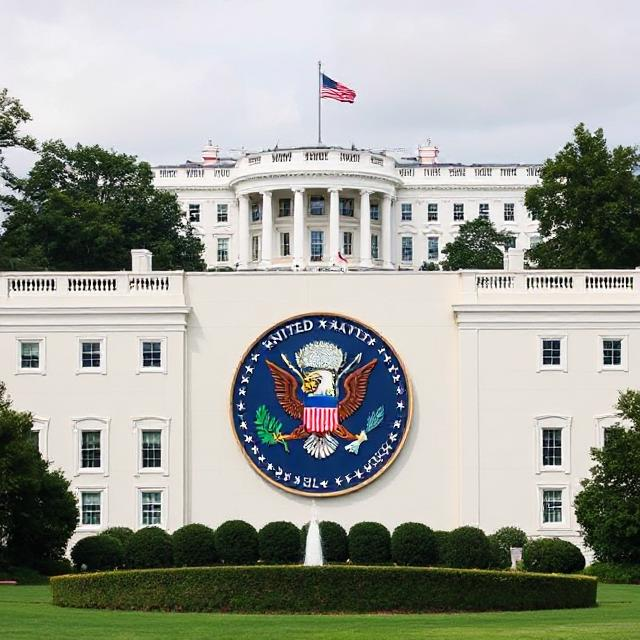
The Presidency
The President serves as the head of state and government, responsible for enforcing laws, conducting foreign policy, and serving as Commander-in-Chief of the armed forces. The President is elected for a four year term and may serve a maximum of two terms.
Presidential Powers
Key powers of the President include:
Veto Power: The ability to reject legislation passed by Congress, which can be overridden only by a two-thirds majority in both chambers.
Executive Orders: Directives issued to manage operations of the federal government, often used to implement policy without Congressional approval.
Treaty Negotiation: The President conducts foreign relations and negotiates treaties, which require Senate approval.
Cabinet and Federal Agencies
The President appoints a Cabinet of advisors, including heads of federal agencies, who oversee specific areas of government policy and administration. Major departments include:
Department of State: Manages foreign affairs and diplomatic relations.
Department of Defense: Oversees national security and military operations. Department of Justice: Enforces federal laws and oversees the legal system.
Judicial Branch
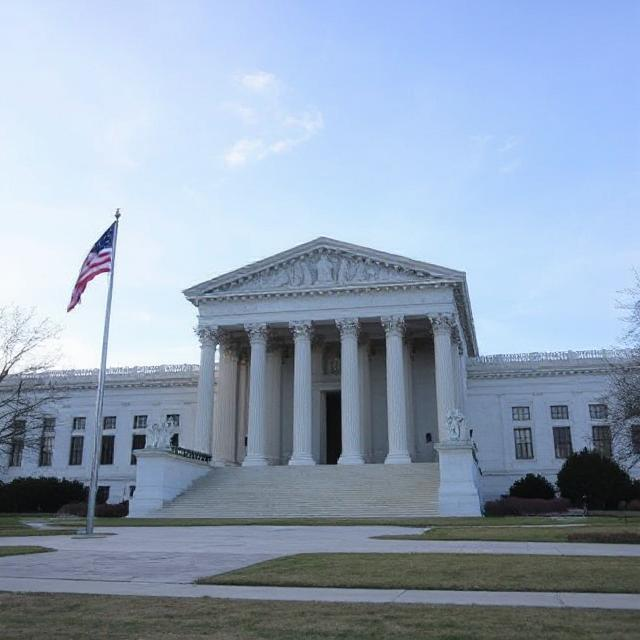
Structure of the Judiciary
The judicial branch is composed of the Supreme Court and lower federal courts. The Supreme Court, established by Article III of the Constitution, is the highest court in the land, with the power of judicial review to interpret the Constitution.
Judicial Review
Judicial review allows the Supreme Court to invalidate laws or executive actions deemed unconstitutional, serving as a critical check on government power. This power was established in the landmark case Marbury v. Madison (1803).
Landmark Supreme Court Cases
Key cases that have shaped U.S. law include:
Brown v. Board of Education (1954): Declared racial segregation in public schools unconstitutional, overturning Plessy v. Ferguson (1896).
Roe v. Wade (1973): Recognized a woman’s right to choose regarding abortion, establishing a precedent for reproductive rights.
Obergefell v. Hodges (2015): Legalized same-sex marriage nationwide, affirming the rights of LGBTQ+ individuals.
Political Culture and Public Opinion
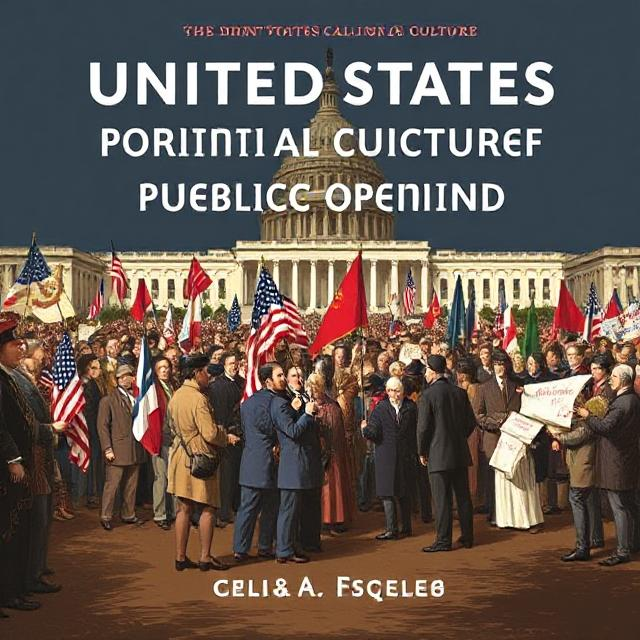
Political Ideologies
American political culture encompasses a range of ideologies, including:
Liberalism: Advocates for social justice, government intervention in the economy, and civil rights.
Conservatism: Emphasizes limited government, individual responsibility, and traditional values.
Libertarianism: Supports minimal government intervention in both personal and economic matters.
Public Opinion
Public opinion plays a crucial role in shaping political decisions. Polling and surveys gauge citizens’ views on various issues, influencing politicians’ actions and campaign strategies. Media representation and social media have become increasingly important in shaping public perception.
Civic Engagement
Civic engagement is vital for a healthy democracy, with citizens encouraged to participate in the political process through voting, activism, and community involvement. Organizations and movements promote voter registration and education, aiming to increase participation among underrepresented groups.
Current Issues in U.S. Politics
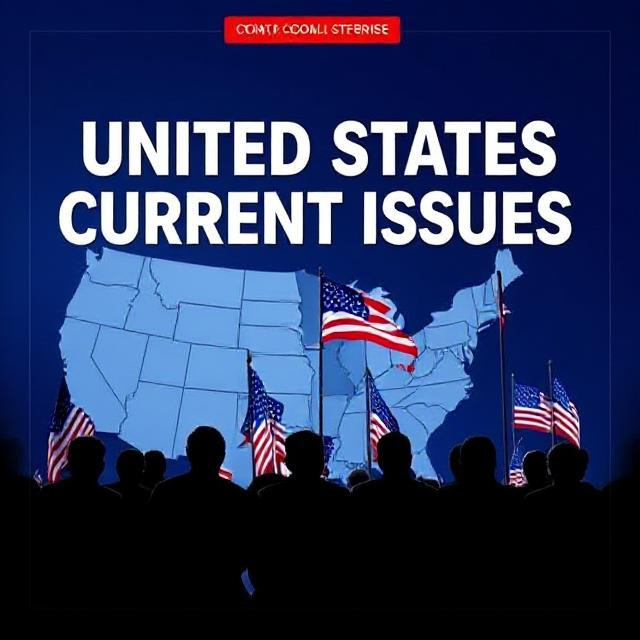
Partisan Polarization
The U.S. political landscape has become increasingly polarized, with deep divisions between Democrats and Republicans affecting governance and public discourse. This polarization is often reflected in media coverage and social interactions.
Social Justice Movements
Recent movements, such as Black Lives Matter and Me Too, have brought issues of social justice, inequality, and systemic racism to the forefront of national conversation. These movements have prompted legislative proposals and public discourse on race, gender, and equity.
Global Challenges
U.S. politics also grapples with global challenges, including:
Climate Change: Addressing environmental degradation and promoting sustainable practices.
International Relations: Navigating complex relationships with countries like China, Russia, and allies in Europe and the Middle East. Economic Competition: Responding to globalization and the rise of emerging economies.
Conclusion
The politics of the United States is a dynamic interplay of institutions, parties, and public opinion, shaped by historical events and contemporary challenges. Understanding this landscape is essential for engaging in the democratic process and addressing the issues facing the nation. The ongoing evolution of U.S. politics reflects the diverse perspectives and aspirations of its citizens, underscoring the importance of participation and civic responsibility.


